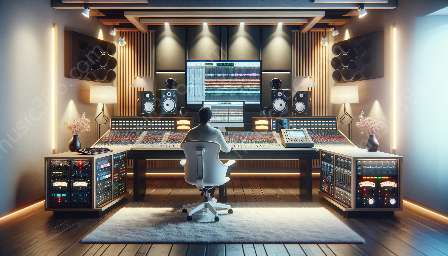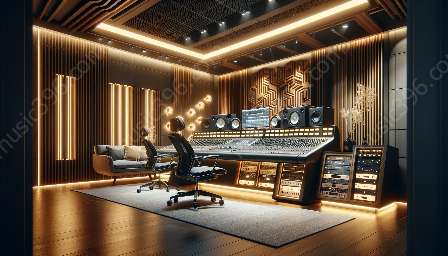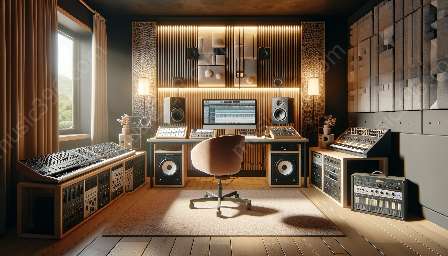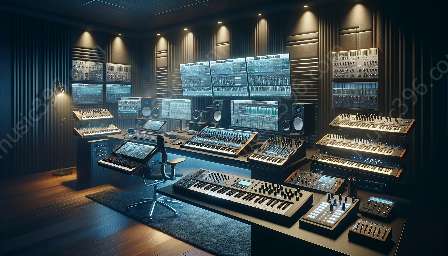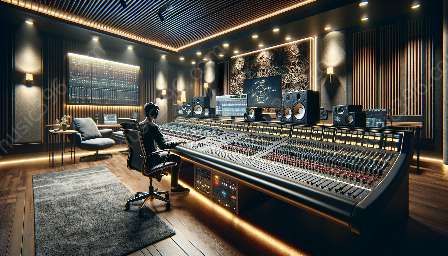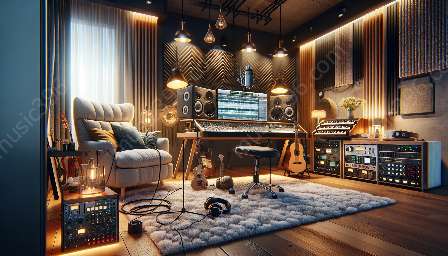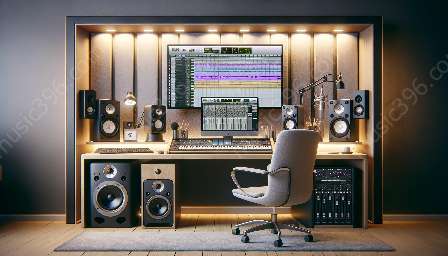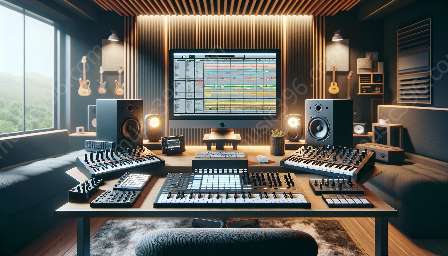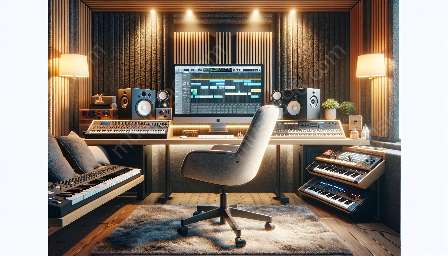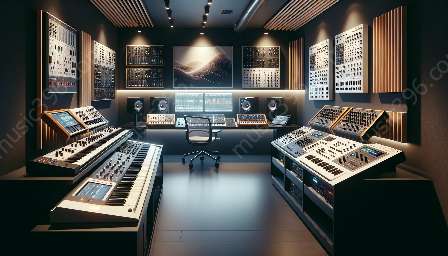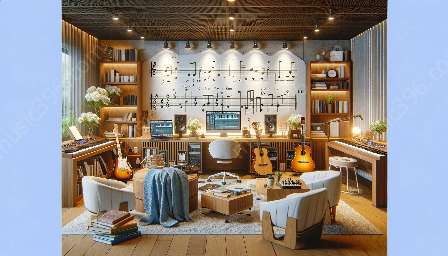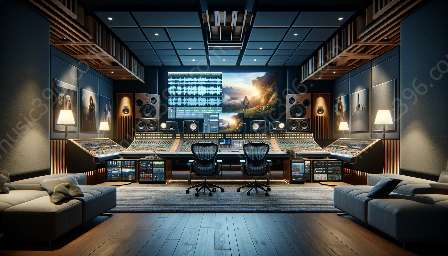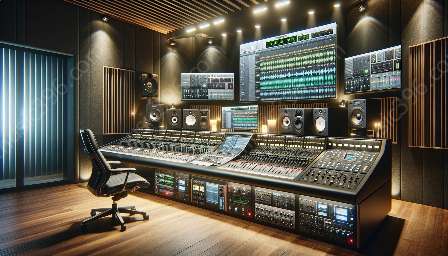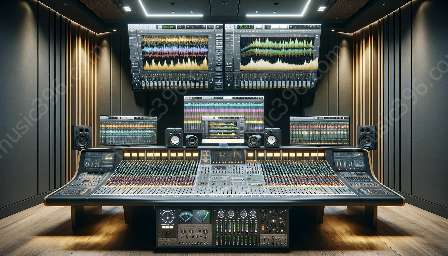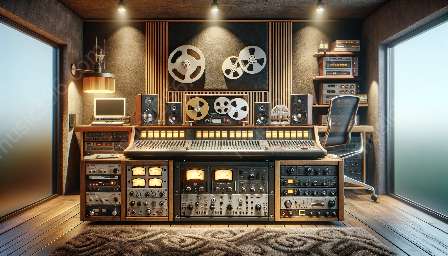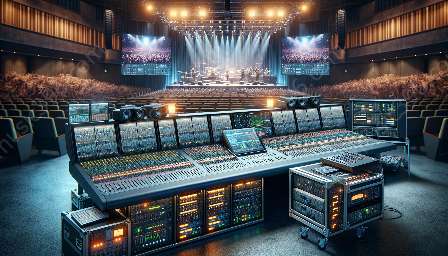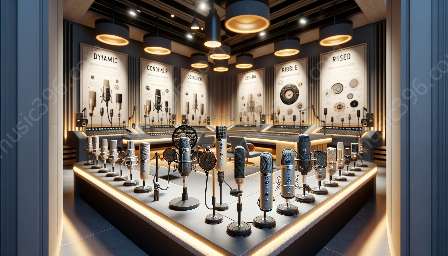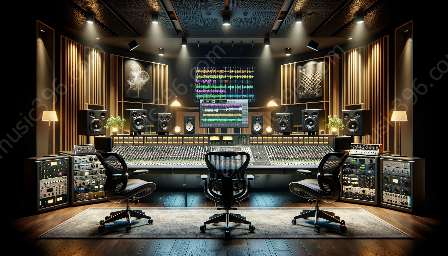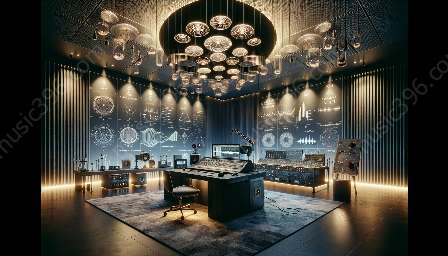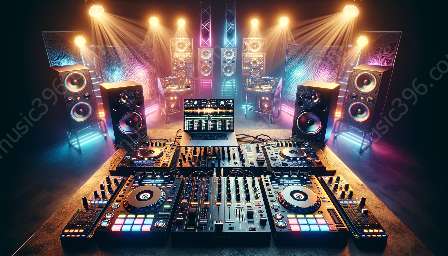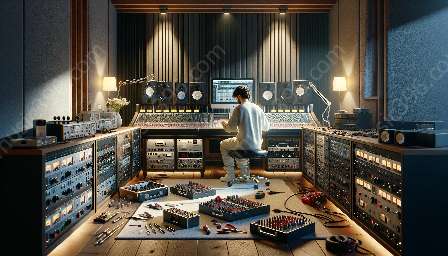Are you looking to set up a home recording studio for your music production or audio recording needs? Creating a conducive environment for creativity is essential for unleashing your full potential as a musician, producer, or audio engineer. Whether you are a beginner or an experienced professional, optimizing your home studio space can significantly impact the quality of your recordings and the overall creative process.
The Importance of a Conducive Environment
When it comes to recording and producing music in a home studio, the environment plays a crucial role in shaping the outcome of your work. A conducive environment can inspire creativity, foster productivity, and enhance the overall recording experience. By carefully considering the design, acoustics, and ergonomics of your home recording studio, you can create an environment that encourages experimentation, innovation, and artistic expression.
Designing a Functional Space
The layout and design of your home recording studio can significantly impact your creative workflow. Start by assessing the available space and identifying the key areas for recording, mixing, and listening. Consider the placement of equipment, instruments, and furniture to optimize accessibility and workflow efficiency. Additionally, prioritize natural light and ventilation to create a welcoming and inspiring atmosphere.
Optimizing Acoustics
Acoustic considerations are essential for creating a conducive environment for creativity in a home recording studio. Addressing issues such as sound reflections, reverberation, and unwanted noise can significantly impact the quality of your audio productions. Consider incorporating acoustic treatments, such as diffusers, absorbers, and bass traps, to minimize acoustic anomalies and ensure accurate monitoring and mixing.
Ergonomics and Comfort
Comfortable and ergonomic furniture and equipment setups are key components of a conducive home recording studio environment. Invest in adjustable studio chairs, ergonomic workstations, and monitor speaker stands to create a comfortable and efficient workspace. By prioritizing proper posture and comfort, you can minimize physical strain and fatigue, allowing for extended recording and mixing sessions without compromising creativity.
Inspiring Creativity
Creating a conducive environment goes beyond the physical aspects of your home recording studio. By incorporating elements that inspire creativity and innovation, you can set the stage for groundbreaking musical and audio productions. Explore the following tips to infuse your home studio with creativity:
- Visual Inspirations: Display artwork, posters, or photographs that resonate with your creative vision. Surrounding yourself with visually inspiring elements can help ignite your imagination and stimulate artistic ideas.
- Mood Lighting: Experiment with adjustable lighting to create different atmospheres and moods in your studio. Warm, dim lighting can promote relaxation and introspection, while brighter lighting can foster energy and focus during recording sessions.
- Personalized Decor: Incorporate personal touches and elements that reflect your artistic identity. Whether it's unique instruments, vintage equipment, or sentimental items, surrounding yourself with meaningful decor can enhance your emotional connection to your creative space.
- Plant Life: Introduce indoor plants or greenery to breathe life into your home recording studio. Not only do plants contribute to a visually appealing environment, but they can also improve air quality and create a sense of tranquility and serenity.
Technical Considerations
While creating a conducive environment for creativity is essential, technical considerations also play a critical role in optimizing your home recording studio for audio production. Explore the following technical aspects to enhance the functionality and performance of your home studio:
- Equipment Placement: Strategically position your recording, mixing, and monitoring equipment to minimize cable clutter and interference. Keep signal paths and connections organized to maintain an efficient and clutter-free workspace.
- Cable Management: Implement cable management solutions to neatly organize and secure cables, minimizing the risk of tripping hazards and signal interference. Consider using cable trays, ties, and labels to keep your studio space tidy and safe.
- Power Conditioning: Invest in power conditioning and surge protection to safeguard your equipment from electrical disturbances and voltage fluctuations. Clean and stable power delivery is crucial for maintaining the integrity of your audio signals and prolonging the lifespan of your gear.
- Room Calibration: Utilize room calibration software and measurement tools to analyze and optimize the acoustic characteristics of your home studio. Implementing room correction and equalization can help mitigate room-induced sonic irregularities and improve overall audio accuracy.
- Workflow Optimization: Streamline your workflow with intuitive software applications, hardware controllers, and ergonomic studio setups. Customizing your digital audio workstation (DAW) and control surfaces can enhance efficiency and creativity during recording, editing, and mixing processes.
Creating a Home Studio Sanctuary
Your home recording studio should not only serve as a functional workspace but also as a sanctuary for artistic expression and musical exploration. Whether you're recording vocals, producing beats, or mixing tracks, your studio environment should inspire and energize your creative endeavors. Strive to create a space that resonates with your unique creative vision and empowers you to push the boundaries of your artistry.
Continuous Evolution
Creating a conducive environment for creativity in your home recording studio is an ongoing process that evolves with your artistic growth and professional development. Regularly reassess your studio setup, acoustics, and creative inspirations to adapt to new ideas and technologies. Embrace innovation and flexibility as you strive to nurture a dynamic and inspiring home recording studio environment.
Conclusion
By prioritizing the design, acoustics, ergonomics, creativity, and technical aspects of your home recording studio, you can create a truly conducive environment for unleashing your full creative potential. From optimizing room layout and acoustics to infusing your space with inspiring elements, every aspect of your studio environment contributes to enhancing your audio production experiences. Embrace the journey of continuous improvement and creativity as you cultivate a home recording studio that empowers you to explore new musical horizons and capture the essence of your artistic vision.


